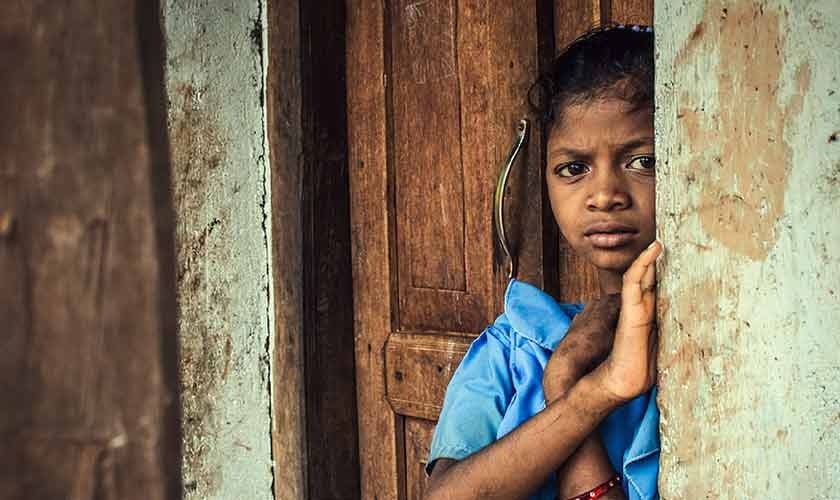
The social and economic future of any country is directly linked to the well-being of its children. If the coming generation is healthy, the country’s future is secure. However, if children suffer from malnutrition and resulting stunted growth, the nation’s future becomes neither resilient nor sustainable. Pakistan is no exception to this reality.
According to the World Bank Group, 40 percent of children under the age of five in Pakistan are suffering from stunted growth. Unfortunately, not enough progress has been made over the past 30 years to mitigate this critical issue. Our children deserve better.
### What Is Child Stunting?
The World Health Organization (WHO) defines stunting as reduced growth and development in children due to poor nutrition, repeated infections, and insufficient opportunities to play and learn. The first 1,000 days of a child’s life—from conception until they turn two—are crucial in preventing stunting.
If stunting occurs during this period, it leads to adverse consequences such as poor cognition and educational performance, reduced productivity, and lower adult wages.
### The Need for Focused Nutrition and Healthcare
For Pakistan to embark on sustainable social and economic development, it must ensure that pregnant women, mothers, and children receive adequate nutrition. Additionally, preventing repeated infections among children is vital.
The WHO reports that every day in Pakistan, 27 mothers and 675 newborns (under one month old) die from preventable complications. These alarming figures highlight the urgency to improve maternal and child healthcare.
### Sustainable Development and Future Generations
According to the United Nations (UN), sustainable development means meeting the needs of the present without compromising the ability of future generations to meet their own needs. To realize sustainable development in Pakistan, prioritizing future generations—especially children—is imperative.
### Eradicating Stunting: A Systematic Approach
Addressing stunting requires a comprehensive and systematic approach to tackle multiple problems simultaneously.
One much-needed step is initiating a green revolution to produce twice as much food from existing resources. However, agriculture can also cause environmental issues; for instance, the Food and Agricultural Organization (FAO) identifies it as a major cause of eutrophication in surface water. Therefore, protecting water bodies and ensuring access to safe drinking water is crucial, as waterborne diseases remain leading causes of childhood mortality and hinder growth.
### Enhancing Healthcare Accessibility
Beyond improving agricultural efficiency, promoting mobile hospitals is essential to preventing repeated infections in children. These mobile units must be equipped with reliable air-conditioning systems to preserve vaccines and medications during transportation.
The WHO warns that vaccines lose effectiveness much faster when exposed to temperatures above +8 degrees Celsius. Maintaining steady air-conditioning in mobile hospitals will help preserve these vital medicines, reducing infection rates among children across Pakistan.
### Education and Play: Essential for Child Development
Finally, schools must provide proper playgrounds where children can play and develop their full potential. Pre-schools and schools should adopt educational models that offer equal opportunities for learning and play.
We cannot take our future generation for granted and still hope for sustainable development. Investing in children’s health, nutrition, and education today is the foundation for a resilient and prosperous Pakistan tomorrow.
https://www.thenews.com.pk/tns/detail/1345103-for-futures-sake





